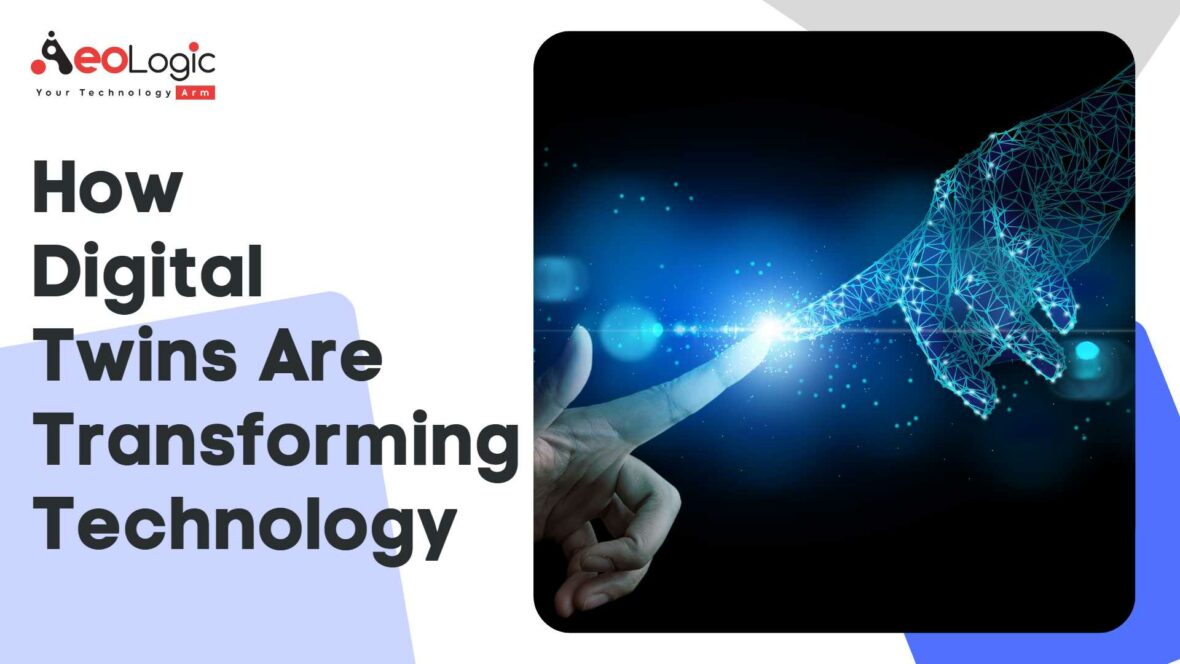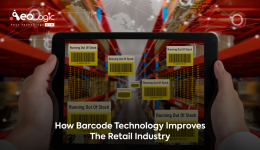How Does a Digital Twin Work?
Nowadays, digital twins are transforming technology. A digital twin is a virtual model designed for accurately reflecting a physical object. The object being studied — for instance, a wind turbine — is equipped with various sensors related to crucial areas of functionality. These sensors generate data about different aspects of the physical object’s performance. Such as temperature, energy output, weather conditions, and more. This data is then dependent on a processing system and used in the digital copy.
Once informed with such data, the virtual model can be applied for running simulations and examining performance issues. And also help in generating possible improvements, all with the target of generating valuable insights. Which can then be used back to the original physical item.
Also read: Important Digital Twin Technology for Manufacturing Businesses
Types of Digital Twins
There are several types of digital twins relying on the level of item magnification. The greatest difference between these twins is the field of application. On the other hand, within a system or process, it is common to have different types of digital twins co-exist. Digital twins are transforming technology in various ways. Let us have a look at the types of digital twins. In order to learn the differences and how they are implemented.
Component Twins/Parts Twins
Component twins are the fundamental unit of the digital twin. It is the smallest example of a functioning element. Roughly, parts twins are the same thing. However, pertaining to elements of slightly less significance.
Asset Twins
When two or more components are working together, they create what is known as an asset. Asset twins help you in studying the interaction of those components. Hence, forming a wealth of performance data that can be processed. And thereby turning into actionable insights.
System or Unit Twins
The next level of magnification involves unit twins or system. It helps you in enabling you to observe how different assets come together. In order to form a complete functioning system. System twins facilitate providing visibility regarding the interaction of assets and may recommend performance enhancements.
Process Twins
Process twins, the macro level of magnification, and how systems are working together to create an entire production facility. The question is, are those systems all synchronized for operating at peak efficiency, or will delays in one system affect others? Process twins are able to determine the precise timing schemes. This ultimately influences overall effectiveness and efficiency.

Advantages and Benefits of Digital Twins
Better Research and Development
Digital twins are transforming technology as the use of digital twins is enabling more effective research and design of products. That too, with an abundance of data shaped about likely performance outcomes. Data insights can lead to information that helps companies in making needed product refinements before beginning production.
Greater Efficiency
Furthermore, even after a new product has gone into manufacturing. The digital twins can help reflect and monitor production systems. Hence, targeting to achieve and maintain peak efficiency throughout the complete manufacturing process.
Product End-of-Life
Digital twins are even helping manufacturers to decide what to do with items that reach the end of their product lifecycle. It also needs to receive final processing, through recycling or other procedures. Since digital twins are transforming technology, they can determine which product materials can be collected.
Also read: Role of Digital Transformation in Manufacturing
The Future of Digital Twin
A fundamental transformation to existing operating models is certainly happening. A digital reinvention is happening in asset-intensive industries that are modifying operating models in a disruptive way. Therefore, requiring an integrated physical plus digital view of equipment, assets, facilities, and processes. Digital twins are a crucial part of that realignment.
The future of digital twins is almost limitless. So digital twins are transforming technology and constantly learning new skills and capabilities. It is implying that they can continue to produce the insights needed to make products better and processes more effective.
Contact us to learn how the change will impact your industry in this blog on modifying asset operations with digital twins.
FAQs
Digital twins works on what technologies?
Digital twin technology uses machine learning algorithms for processing the large quantities of sensor data. It also identifies data patterns. Artificial intelligence and machine learning (AI/ML) are providing data insights about performance optimization, emissions outputs, maintenance, and efficiencies.
How digital twin technology is changing supply chains?
A digital twin is a digital copy of a physical supply chain. It is helping organizations to recreate their real supply chain in a virtual world so they can test and model different nodes, scenarios, modes, flows, and policies. And also understand how decisions and disruptions will be impacting network operations






